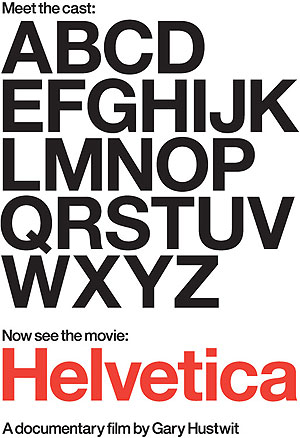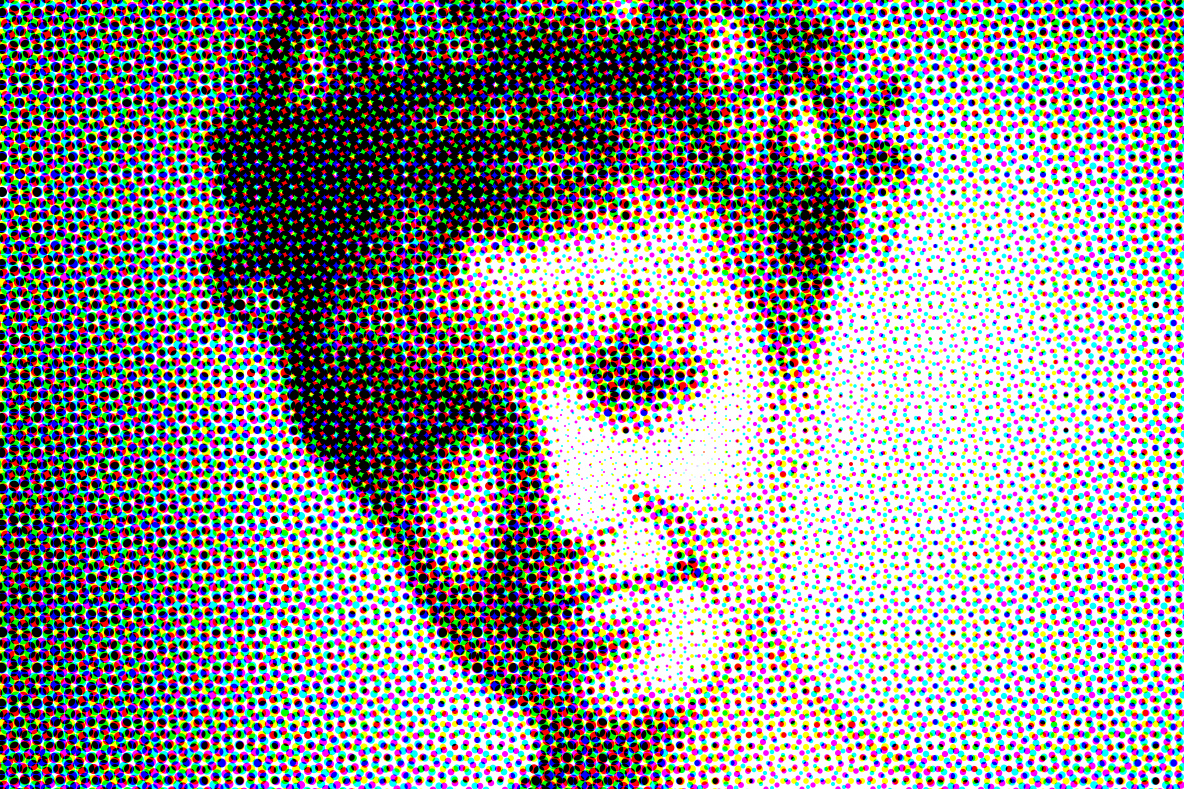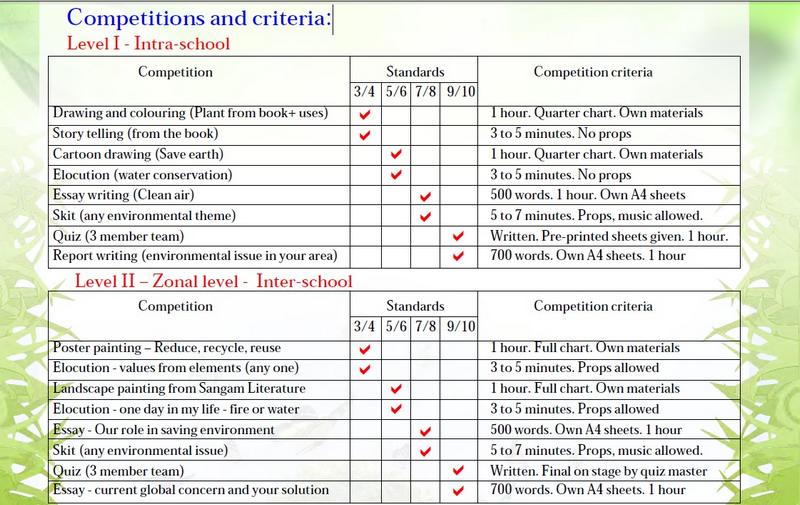Plato’s Theory of Forms Essay - 2074 Words.
Essay Plato 's Theory Of Forms. Western Society was Plato’s Theory of Forms. Plato’s work attempts to answer questions about reality and the world we live in. Moreover his writing has received both scrutiny and praise. This writing will act as an evaluation on Plato’s theory so that we have a better view of where his theory stands in contemporary philosophy as well as an understanding of.
Arguments On Plato’s Theory Of Forms. There are many arguments on the forms and they are stated as following. The argument from Trivial or Unworthy Forms. This is the disagreement from Trivial or Unworthy Forms. The fundamental principle is “for every predicate there is a corresponding form”. Plato’s clarification of why something is a.

This Essay on Plato’s theory of forms was written and submitted by user Elian Daniels to help you with your own studies. You are free to use it for research and reference purposes in order to write your own paper; however, you must cite it accordingly. Elian Daniels studied at Emory University, USA, with average GPA 3.29 out of 4.0. Post navigation. Philosophy and Philosophers Definition.

Plato’s Theory of the Forms Essay Sample. The influence that Plato has had throughout the history of philosophy has been significant. Among other things, Plato is known for his exploration metaphysics and the theory of knowledge, many of his ideas influencing the mind frame of Western society. The basis of Plato’s philosophy is his theory of Ideas, or teaching of the Forms. The theory of.

Plato Plato: A Theory of Forms David Macintosh explains Plato’s Theory of Forms or Ideas. For the non-philosopher, Plato’s Theory of Forms can seem difficult to grasp. If we can place this theory into its historical and cultural context perhaps it will begin to make a little more sense. Plato was born somewhere in 428-427 B.C., possibly in Athens, at a time when Athenian democracy was.

Plato intends this to support his theory of Forms because he wants to emphasise that the physical objects the prisoner sees represents the Forms of the physical objects. Plato also intends to represent the objects in the night sky, such as the moon and the stars, to what he believes are the Forms of abstractions. In the allegory, the prisoner is led to conclude that it is the sun that makes.

Plato’s Theory of Forms Essay. Explain and define Plato’s theory of Forms with your personal Criticism. Plato was born in Athens on 428 BC. He was a Greek philosopher who laid foundations of western philosophy. He raised basic questions and problems of western thought, goodness and virtue, truth and knowledge, body and soul, ideal political state, and use of Literature and Arts were some.

Check Out Our Plato: Theory of Forms Essay. Plato (c.427-c.347), a classical Greek philosopher born in Athens; he was a student of Socrates and helped to create the foundations of the Western philosophy. His dialogues are widely used in teaching various subjects, including ethics, mathematics, logic, philosophy, and rhetoric (Rickless, 2006). The theory of forms insists that there are two.

Plato, Socrates’ famous pupil, created the Theory of Forms. This essay will explore the ideas of Plato’s theory, the strengths and weaknesses of his thoughts, and how they affect our understanding of the world. The Theory of Forms states that everything has a Form- whether it is a chair, a bed, an animal etc; absolutely everything has a.

Plato’s Theory of Forms fundamentally states that Forms of objects represent the greatest and most cardinal signifier of world and are non merely the objects or stuffs that people perceive through esthesis. Forms are fundamentally the highest degree of world that can non be understood and defined through simply utilizing the human senses. Alternatively. one has to hold on the kernel of the.

Explain and define Plato’s theory of Forms with your personal Criticism. Plato was born in Athens on 428 BC. He was a Greek philosopher who laid foundations of western philosophy. He raised basic questions and problems of western thought, goodness and virtue, truth and knowledge, body and soul, ideal political state, and use of Literature and Arts were some of the pre dominant topics of.

Plato and the Cave As narrated in the aforementioned passages, one of Plato’s main philosophies is on the theory of Forms and Ideas. The Allegory of the Cave sums up one of his numerous epistemological assertions on universals; that is, the complete reliance of a universal tangent in the universe that remains unchanged, thus the existence of the ideal world or the eidos.

Plato’s theory of forms is basically substantiated by two evidences which are the argument based from human perception and the argument based from perfection. The argument from human perception basically states that one can perceive or describe two objects as being the same or sharing the same property because they have a basic idea of what that property is (Bratman et al. 2006). 1 page, 454.

